12 GPTs for Design Generation Powered by AI for Free of 2025
AI GPTs for Design Generation encompass advanced artificial intelligence tools developed to assist in the creation, ideation, and optimization of design elements across various domains. These tools leverage Generative Pre-trained Transformers (GPTs) to automate and enhance the design process, offering tailored solutions that adapt to specific requirements within the design sphere. They represent a significant leap in how designers, developers, and creatives approach tasks, providing a blend of creativity and efficiency that was previously unattainable.
Top 10 GPTs for Design Generation are: POD Buddy Tool,Print on Demand Assistant,POD Product Wizard GPT: Images, Titles, Keywords,T-Shirt Designer and Sales Expert,Tumbler Artisan,Tattoo Stencil Designer,MerchGPT,PrintOnDemand Game Changer,Architect's Insight,Tiny Home & Skoolie Building Assistant
POD Buddy Tool
Empowering Creativity with AI

Print on Demand Assistant
Innovate Your Print with AI Artistry
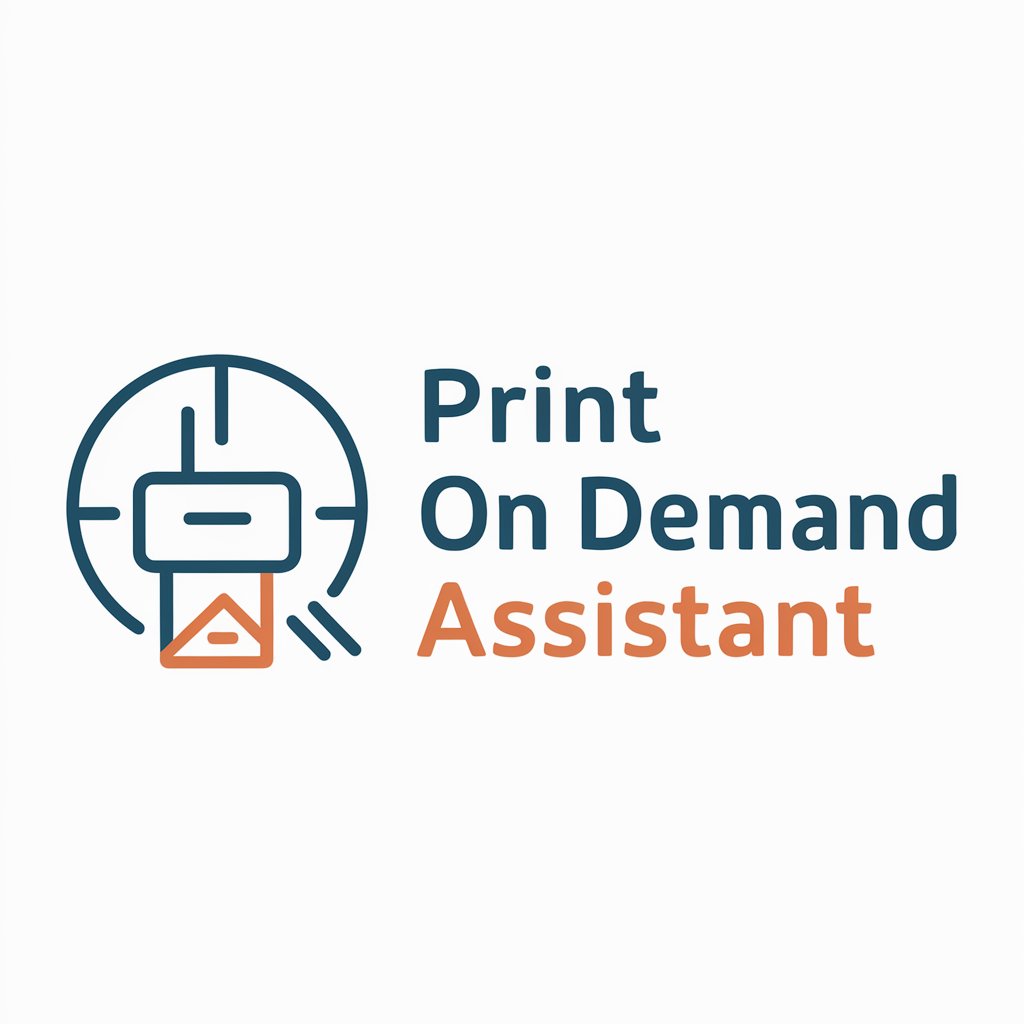
POD Product Wizard GPT: Images, Titles, Keywords
Elevate Your Print-on-Demand with AI
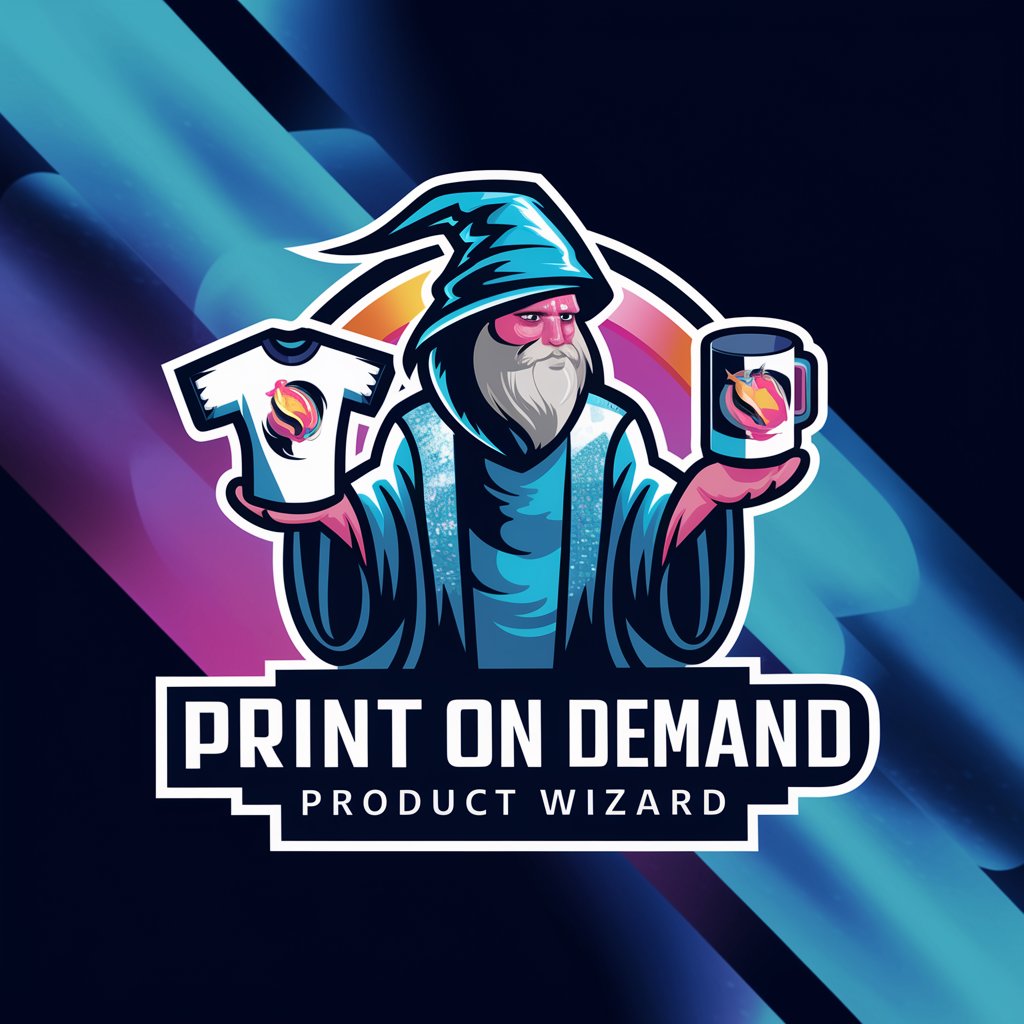
T-Shirt Designer and Sales Expert
AI-powered T-shirt design and marketing wizard
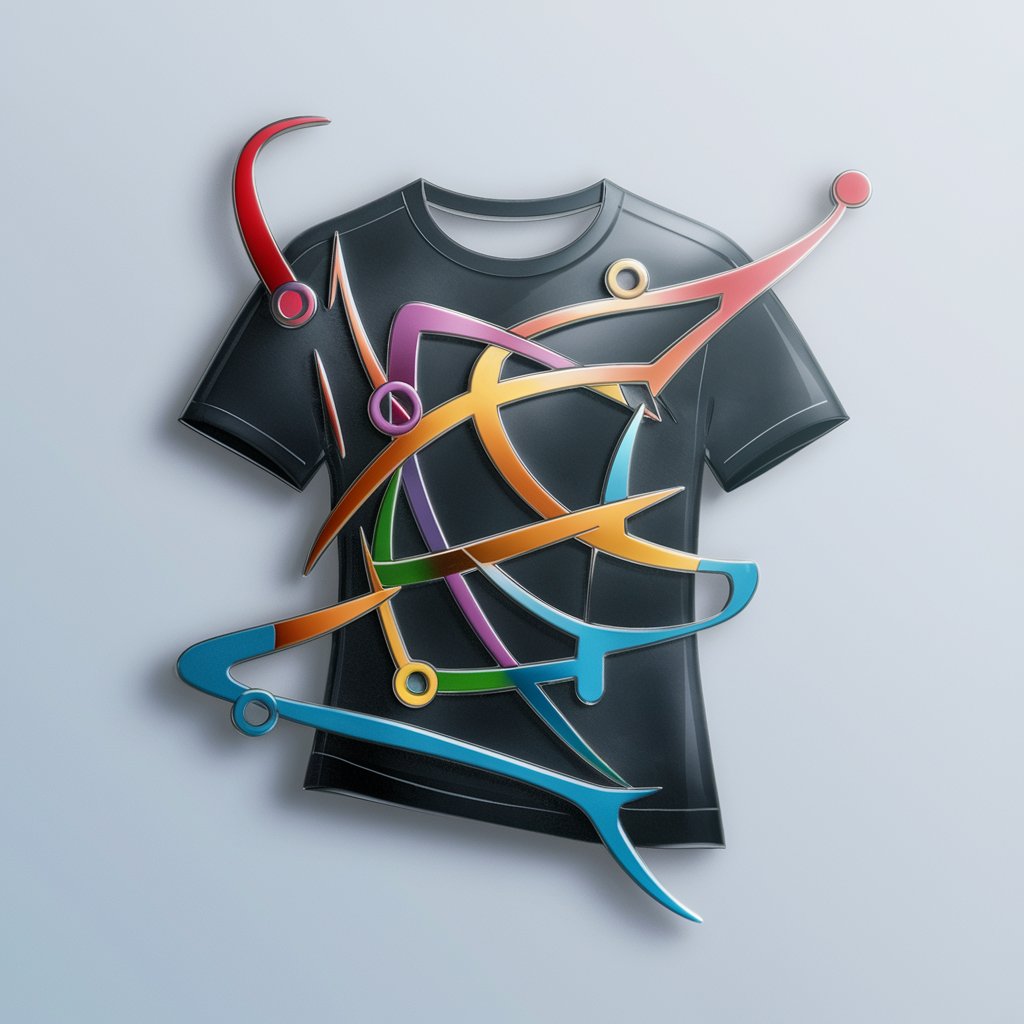
Tumbler Artisan
Craft Unique Tumbler Designs with AI

Tattoo Stencil Designer
Crafting Your Vision into Tattoo Stencils
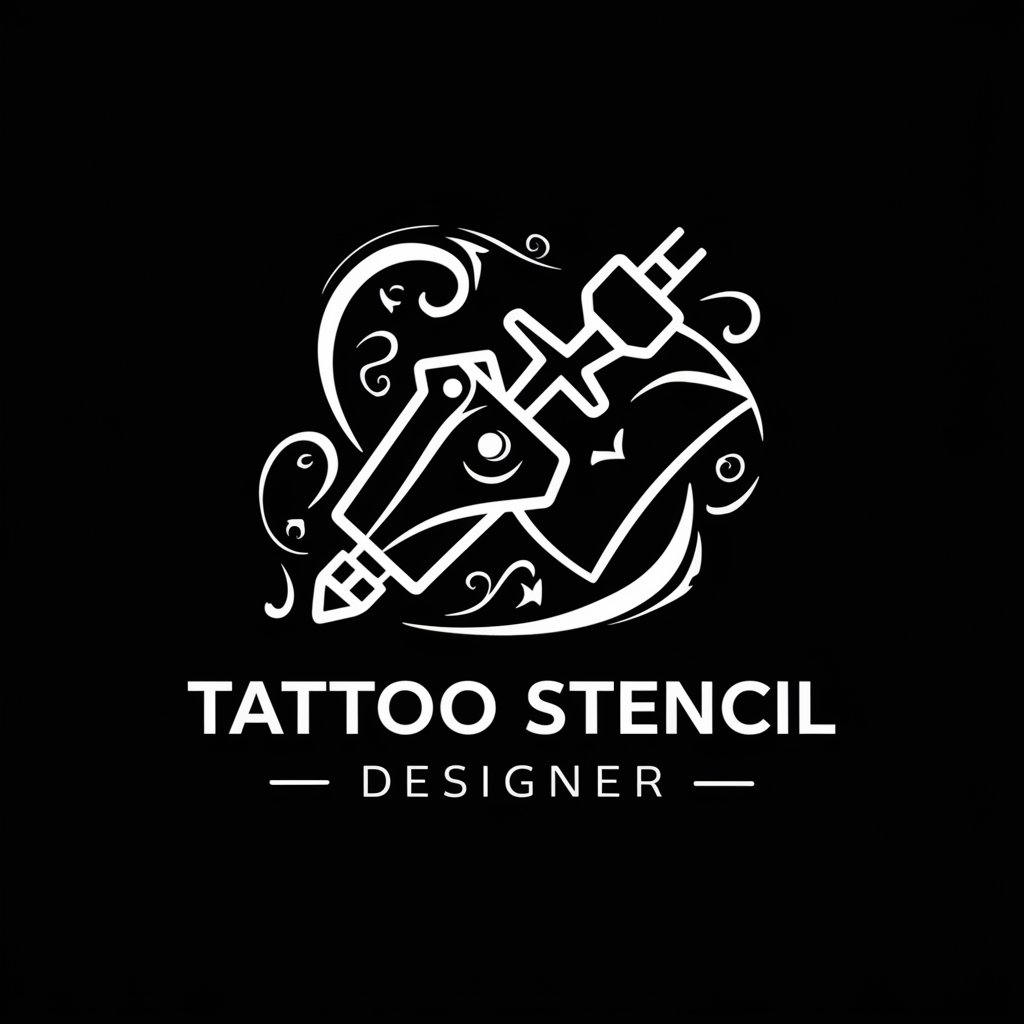
MerchGPT
Design, visualize, create - effortlessly with AI.
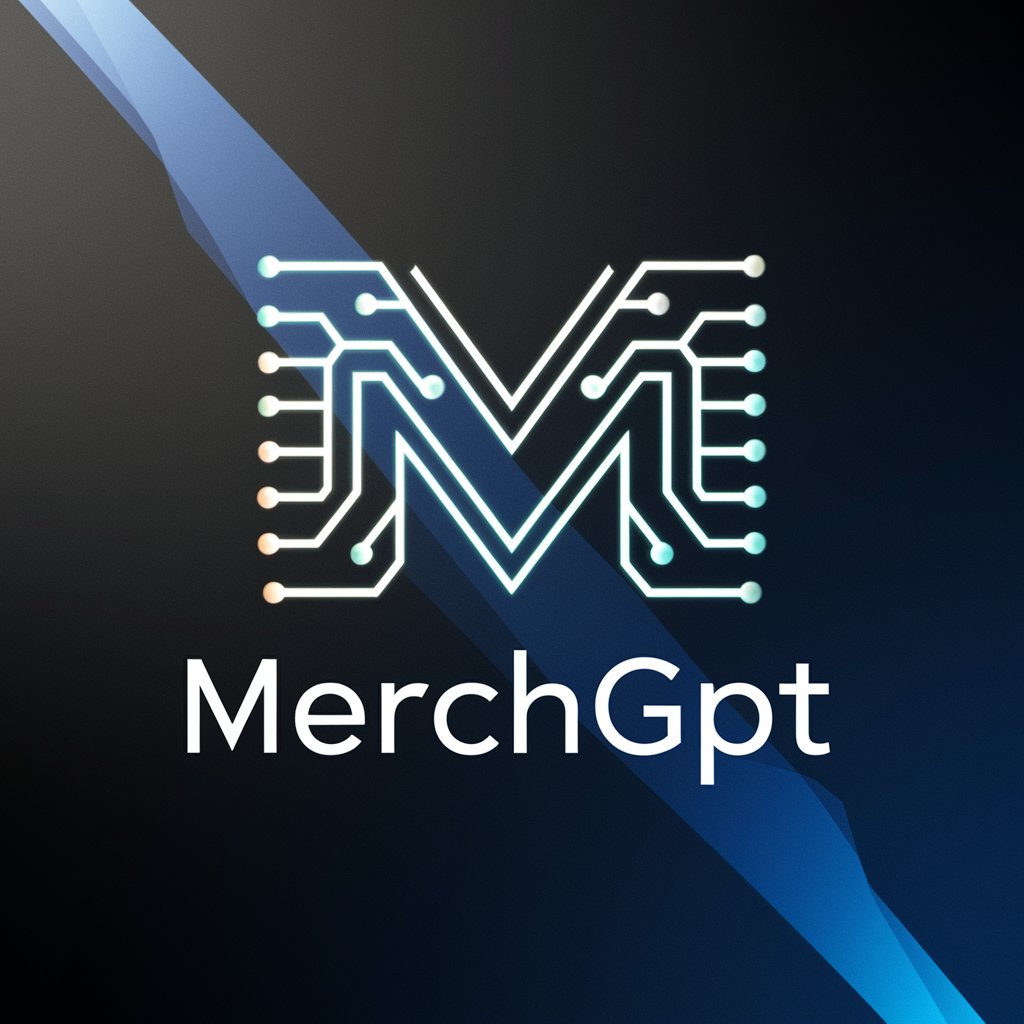
PrintOnDemand Game Changer
Empowering Your Print on Demand Journey with AI
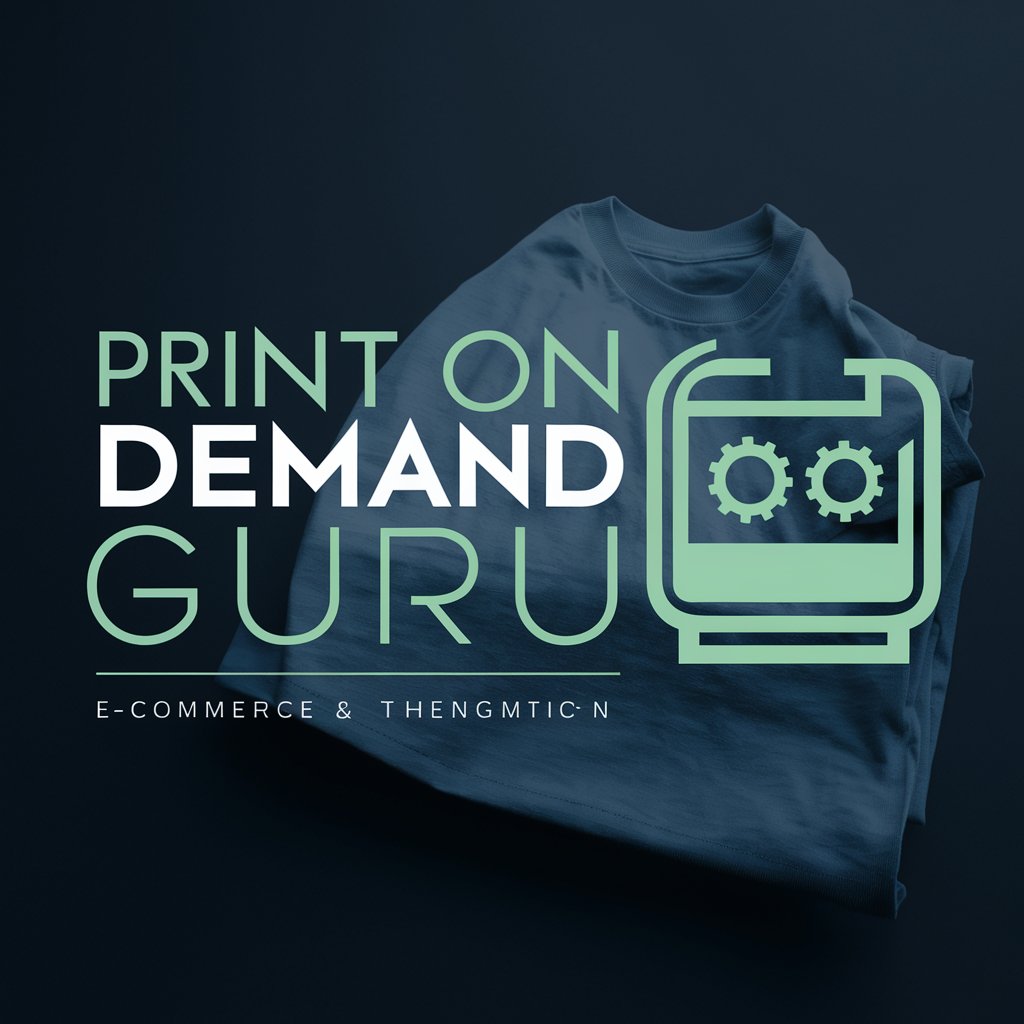
Architect's Insight
Empowering design with AI innovation.
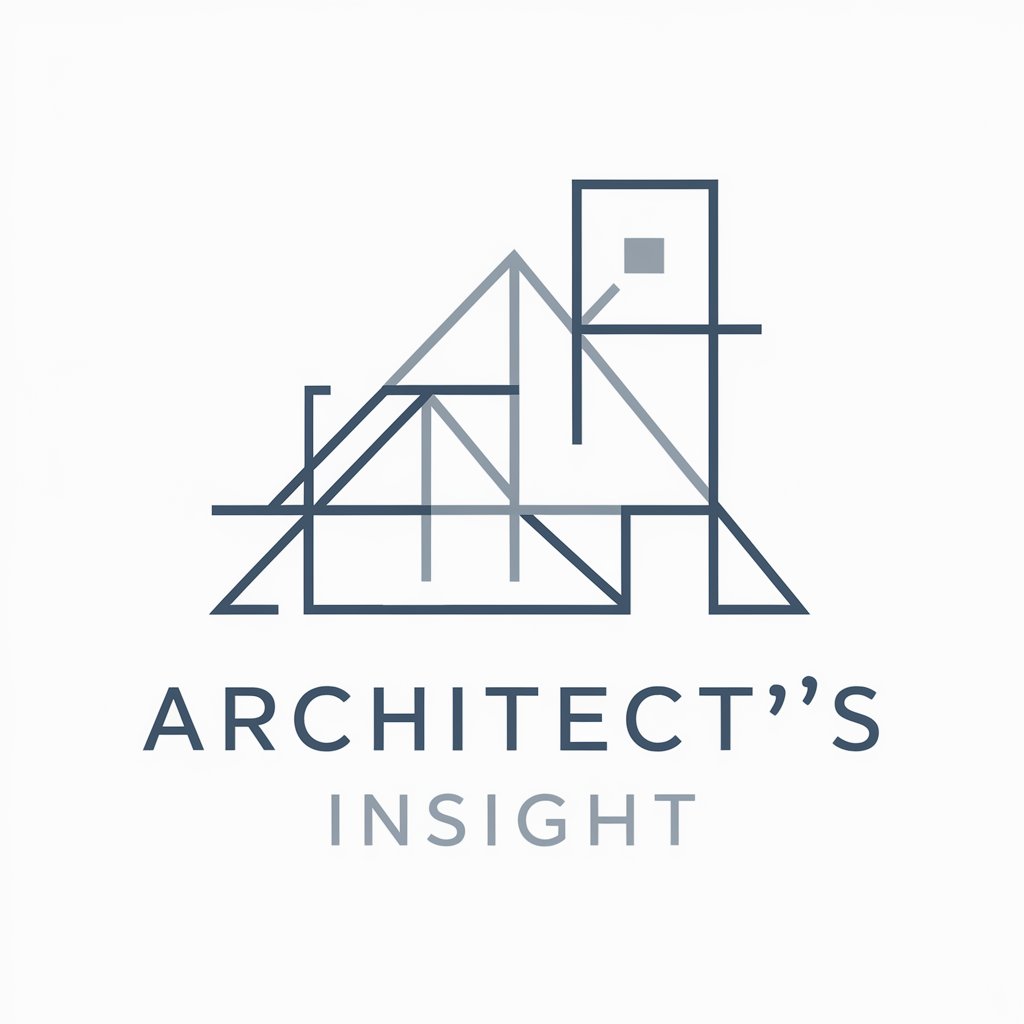
Tiny Home & Skoolie Building Assistant
Designing Tiny, Living Large
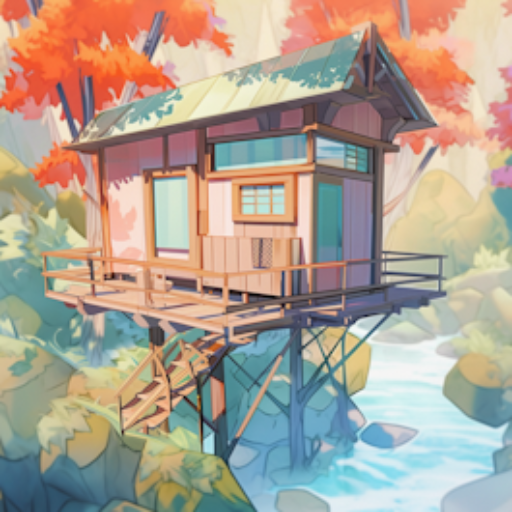
✒️ Calligraphy Connoisseur GPT ✍️
Empowering your calligraphy journey with AI.

Crea T-shirt
Empowering creativity with AI-driven design.

Distinctive Attributes and Functions
AI GPTs designed for Design Generation are equipped with unique features that set them apart, including natural language understanding for interpreting design briefs, image generation capabilities for visual ideation, and adaptability to various design tasks from graphic design to UI/UX and architectural visualization. These tools can learn from feedback, enabling personalized and evolving design solutions. Moreover, their integration capabilities allow for seamless operation within existing design workflows, offering both automation and interactive creativity support.
Who Benefits from Design Generation AI
The primary beneficiaries of AI GPTs for Design Generation include designers of all levels, from novices seeking to explore the realms of digital creativity to experienced professionals aiming to streamline their workflow. Developers can leverage these tools to generate design assets for applications, while marketers may use them to create engaging visuals. The accessibility of these tools makes them invaluable to anyone interested in design, providing intuitive interfaces for those without coding skills and customizable options for tech-savvy users.
Try Our other AI GPTs tools for Free
Merchandise Creation
Discover how AI GPTs revolutionize merchandise creation, offering tailored design, production insights, and market trend analysis to enhance your product offerings.
Leasing Management
Explore AI GPTs for Leasing Management: Transform your leasing processes with AI-powered tools designed to automate operations, enhance decision-making, and streamline tenant interactions.
Legal Framework
Explore how AI GPTs for Legal Framework revolutionize legal workflows, offering tailored solutions for document analysis, legal research, and automation.
Expert Consultation
Discover how AI GPTs for Expert Consultation leverage advanced machine learning to offer personalized advice and insights, making expert knowledge accessible to everyone.
Genre Fiction
Explore the power of AI GPTs for Genre Fiction, the ultimate tool for writers and creators looking to dive deep into the realms of their favorite genres. Unleash creativity with tailored text and image generation.
Non-Fiction
Discover how AI GPTs for Non-Fiction transform factual content creation and analysis, offering tailored, accurate solutions for professionals and enthusiasts alike.
Broader Applications and User Accessibility
AI GPTs for Design Generation not only simplify and enhance the design process but also democratize design accessibility, enabling individuals without formal design training to create compelling visuals. Their integration into various sectors illustrates their versatility, from marketing and advertising to product development and beyond. With user-friendly interfaces, these tools are set to revolutionize how we conceive and execute design projects.
Frequently Asked Questions
What exactly are AI GPTs for Design Generation?
They are AI-driven tools that use Generative Pre-trained Transformers to automate and enhance the design process across various fields, making design more accessible and efficient.
Can non-designers use these AI tools effectively?
Yes, the tools are designed with intuitive interfaces that require no prior design knowledge, making them suitable for non-designers.
How do AI GPTs adapt to specific design tasks?
They learn from user inputs, feedback, and a vast database of design principles to tailor solutions to specific project requirements.
Can these tools integrate with existing design software?
Yes, many AI GPTs for Design Generation offer integration capabilities with popular design software, enhancing workflow efficiency.
Are there customization options for experienced developers?
Absolutely. Developers can access APIs and other programming interfaces to customize and extend the capabilities of these tools.
What kind of design tasks can these AI tools handle?
From graphic and web design to UI/UX, architectural visualization, and more, these tools can adapt to a wide range of design tasks.
How does feedback influence the output of these AI tools?
Feedback is crucial as it helps the AI to refine its understanding and improve future design outputs, making the tool more aligned with user preferences over time.
What future developments can we expect in AI for Design Generation?
Ongoing advancements in AI and machine learning promise even more intuitive interfaces, greater customization, and deeper integration with design software and workflows.